Thru-hiking is the act of hiking an entire long-distance trail in one calendar year or one hiking season.
It’s an exciting challenge for outdoor enthusiasts, and for many like me, it’s a life-changing activity.
Yet, to ensure a successful thru-hike, planning, and preparation are essential. Here are five hurdles that hikers should overcome when planning a thru-hike:
Hurdle 1: Logistics
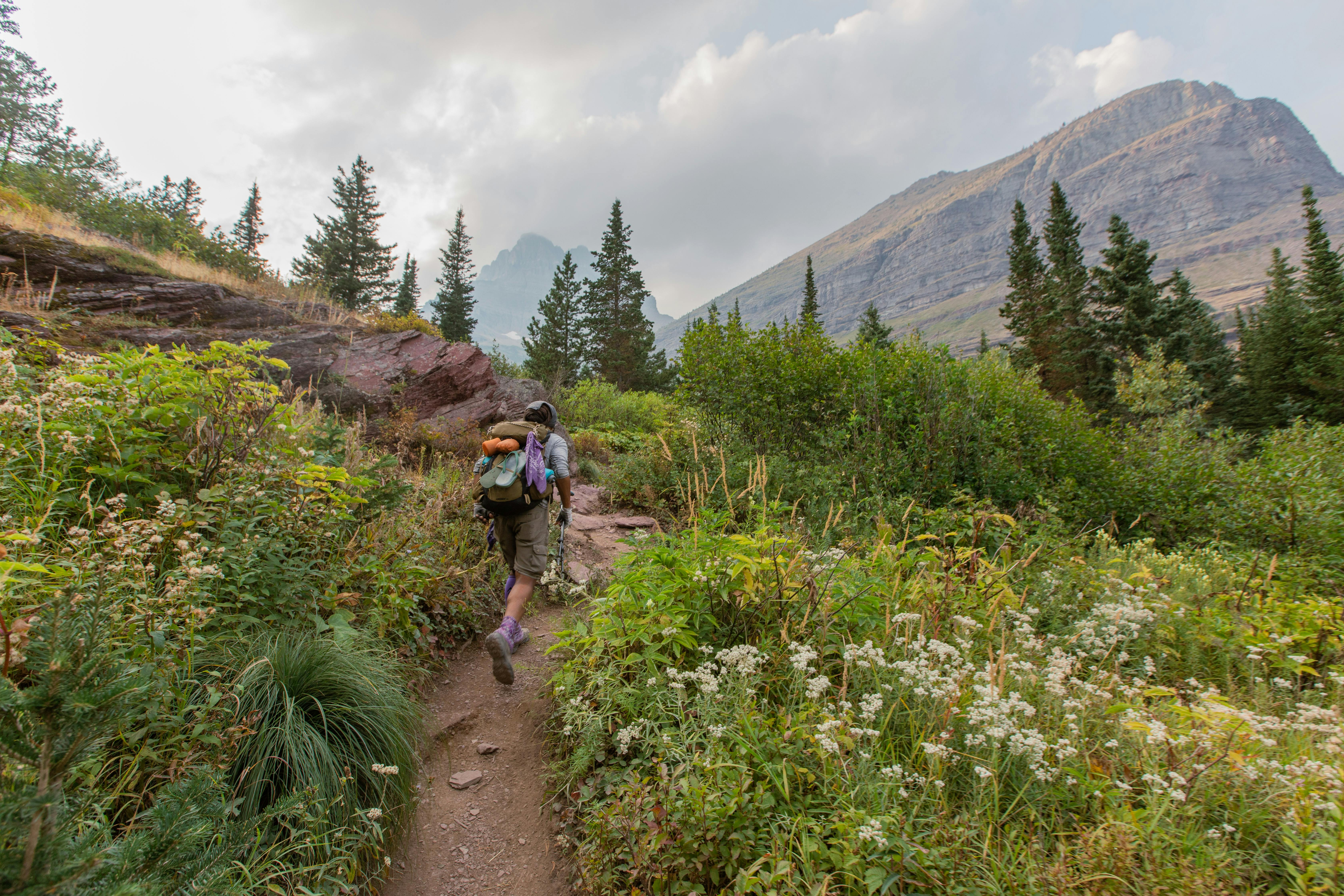
There are various logistical challenges when planning a thru-hike, such as resupplying food and gear, arranging transportation, and coordinating with hiking partners.
Creating a detailed itinerary can be helpful when planning mail drops. Researching resources for resupply along the trail you plan to thru-hike can reduce stress during your hike. Use online forums to connect with other hikers that can help address any of your questions or concerns.
I used the AT AWOL guide when I thru-hiked the Appalachian Trail. It’s full of useful details, like shelter, water, and town locations, along with mile markers, and volunteer support (trail angels) contact information.
On the Continental Divide Trail, I used the FarOut app, which had the same details the AT AWOL guide has, but also marked where I was on the trail, and hikers can leave comments with updates on campsites, water, weather, and many useful information about the area you are hiking.
Hurdle 2: Physical Conditioning
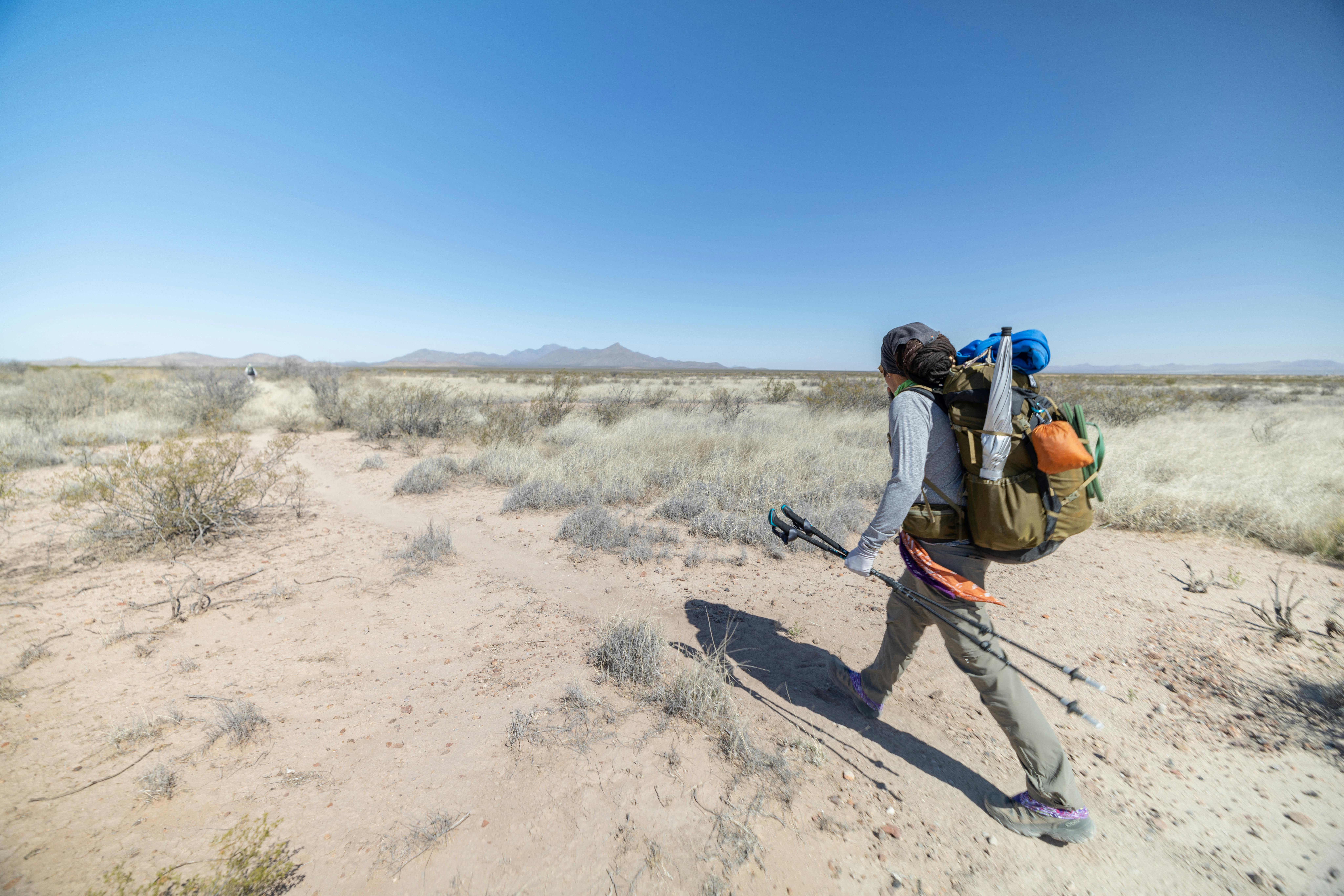
It is a misconception that only physically fit people can thru-hike. However, it is important to understand the physical conditioning for a thru-hike, especially for hikers who are not used to long-distance hiking.
There is the reasoning that after a few weeks on a thru-hike, you will eventually get your hiking legs. Meaning, you’ll feel fit enough to climb up, and down mountains without feeling like you are in desperate need of an oxygen mask. Yes, you will get your hiking legs, but starting with some sort of good conditioning will make your experience a bit easier, especially during the first few weeks of a thru-hike.
Building endurance and strength before starting a thru-hike with training programs, plus gear selection, and diet gives you an edge when attempting a long-distance thru-hike. Before my first thru-hike, I was an avid runner, which helped with my stamina when doing an unfamiliar activity like climbing mountains.
Hurdle 3: Mental Toughness
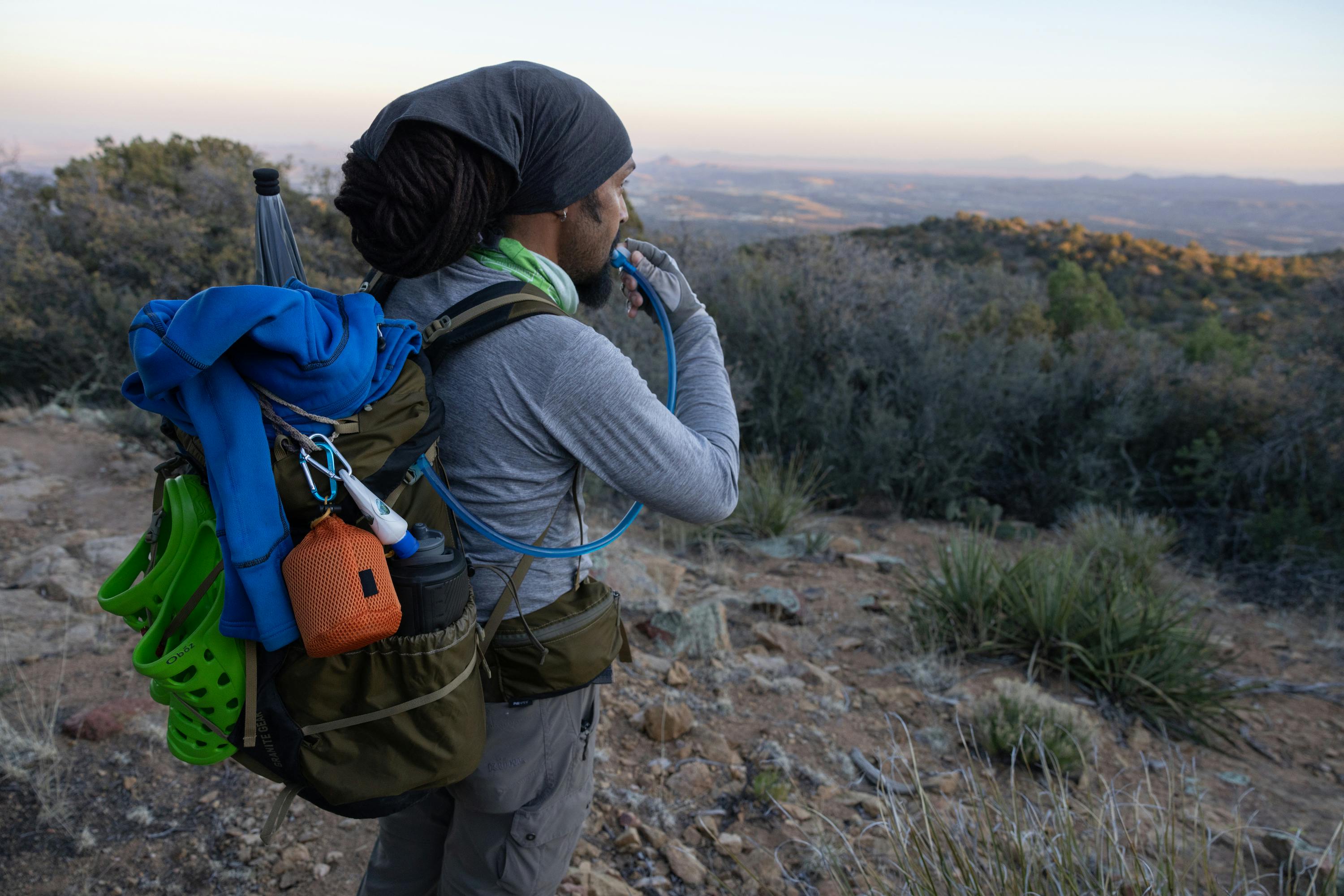
When I started my first thru-hike, I had no hiking, camping, or outdoor experience. I had a lot going against me, so my mind became my strongest asset. There are several mental challenges when thru-hiking, such as dealing with boredom, homesickness, and unexpected setbacks.
Coming up with strategies for developing mental toughness, such as setting achievable goals, staying positive, and practicing mindfulness will see you through the harder days on the trail.
When I thru-hike, I like to set small goals along the way. Reaching camp or a town or a view would have its special milestone meaning for me. If you keep in mind, that every day is a new adventure waiting for you on a thru-hike. To stave off boredom, take in the many views, immersing yourself in the environment, and hike with eagerness. Remember, you will be doing something out of the ordinary. Many may attempt a thru-hike, but a small percentage will finish. Expect the unexpected, be ready to adjust to changes along the way, and understand that it is all part of your adventure.
Hurdle 4: Safety
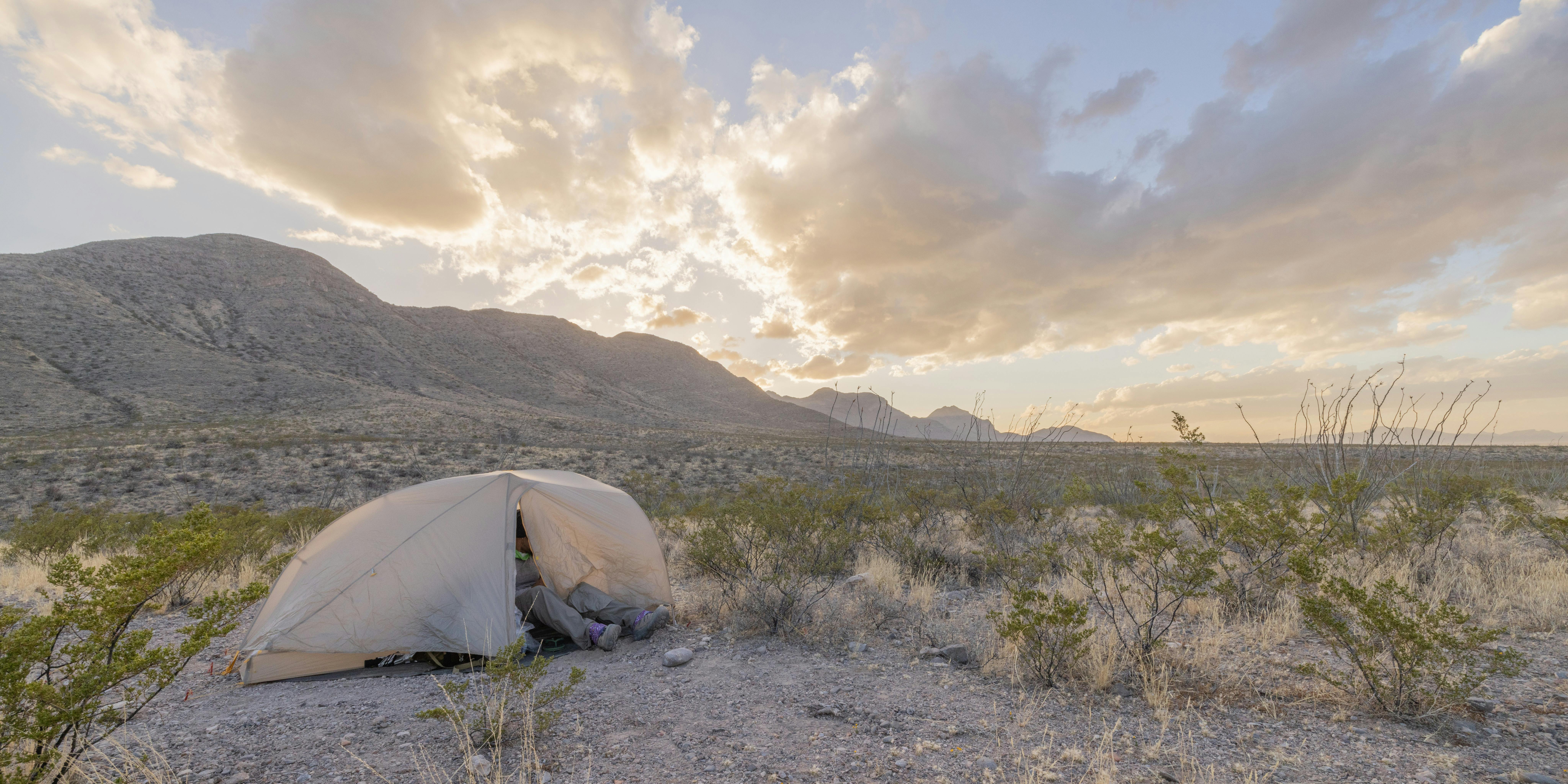
As expected, when outdoors for such a long period, there are safety concerns, such as inclement weather, medical emergencies, and wildlife encounters.
To minimize risks, check weather forecasts before starting your hike. There may be sections of the trail with little cell service, so knowing a weekly forecast can be beneficial.
Carrying a first-aid kit is essential when thru-hiking because it allows you to quickly and effectively address any injuries or medical issues that may arise while you are on the trail. When hiking long distances, you are exposed to various hazards such as blisters, cuts, insect bites, allergies, sunburns, dehydration, and more, which can compromise your health and well-being. A first-aid kit gives you the tools and supplies you need to treat these issues and prevent them from getting worse. Moreover, when hiking in remote areas, access to medical care may be limited or non-existent, and emergency services may take a long time to reach you. Having a first-aid kit can help you stabilize injuries until you can get to a medical facility.
Wildlife encounters may happen, yet they are avoidable. Having your meals in designated areas in camp and hanging your food bags will keep small critters like rodents, chipmunks, and squirrels from not only eating your food, but chewing through your backpack, clothes, and gear. The same applies when in black bear or grizzly country, with the addition of carrying bear spray.
All these are essential for staying safe and comfortable while thru-hiking, especially in remote and challenging wilderness environments.
Hurdle 5: Environmental Responsibility
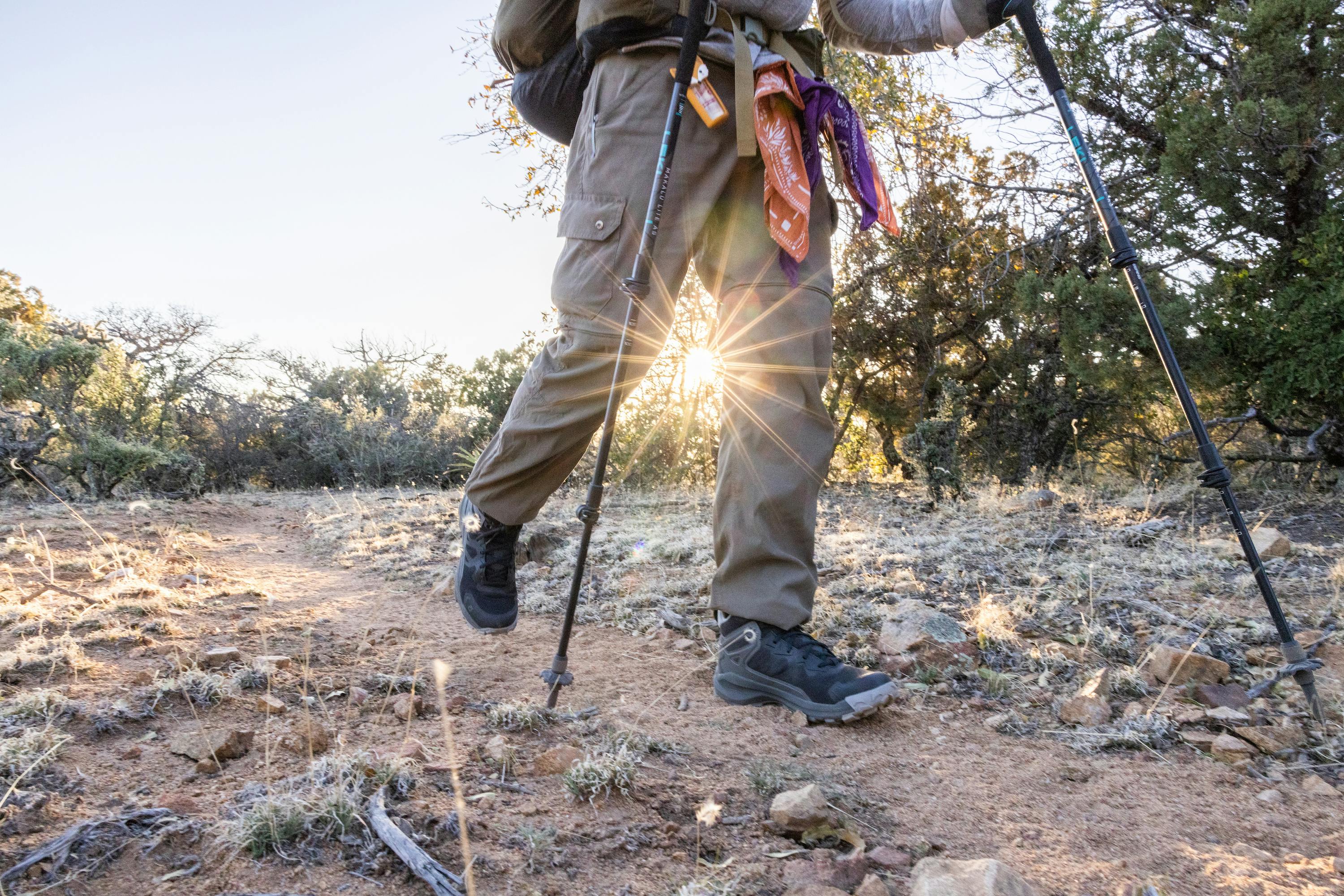
Thru-hiking involves traversing long distances, typically through natural and remote environments and can have a significant impact on the environment if proper care is not taken. Leaving no trace and minimizing environmental impact are essential principles for thru-hikers to follow to ensure that the natural beauty and integrity of the trail are preserved for future generations.
Here are some reasons why leaving no trace and minimizing environmental impact are important during a thru-hike: preserving natural ecosystems, protecting water sources, reducing trail erosion, and maintaining the aesthetic beauty of the trail.
Thru-hikers should always be mindful of their environmental impact and take steps to minimize it. Following the Leave No Trace principles, such as packing out all trash, avoiding damaging vegetation, staying on designated trails, and using established campsites can help preserve the natural environment and ensure that the trail remains an enjoyable and sustainable resource for everyone.
Overcoming the challenges of logistics, physical conditioning, mental toughness, safety, and environmental responsibility, requires careful planning, preparation, and a commitment to responsible outdoor practices.
Embrace the challenge of a thru-hike while being mindful of the planning and preparation required for a successful and responsible hike.

